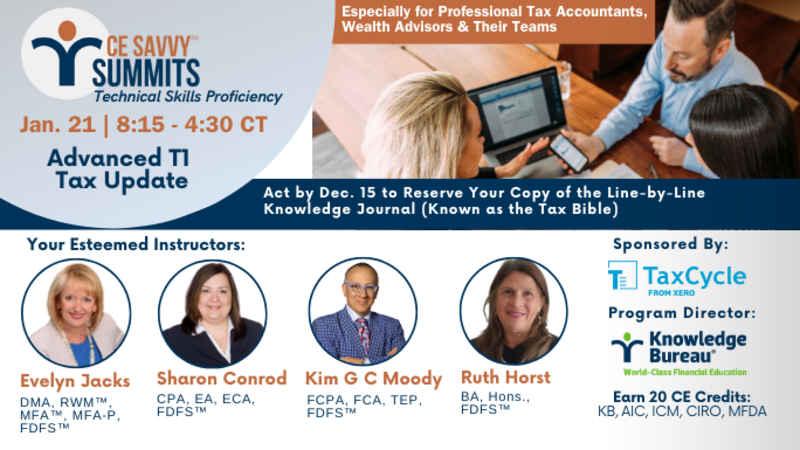
Changes to Paper Filing Disempowering
Last tax season, only 7% of all Canadian tax filers filed on paper. The CRA is pushing for zero. It continues to steer the holdouts to digitized filing by adding lots of obstacles. Most recently, it is removing almost all the schedules from the tax return package it mails. This seems unfair to people who paper file because they can’t afford a computer and internet, distrust the security of online filing and those who are neither tax or computer literate. Here’s what they are up against:
Request T1 after January 20, 2026: To begin with, only those who used paper in the previous year or who specifically request a paper package will receive one. They will have to either call CRA at 1-855-330-3305 if they lack access to a computer or they can go online at Forms and Publications-CRA to request the package. If they choose to call to make the request CRA will ask for their SIN number.
They must also wait until after January 20th, 2026 to receive a 2025 T1. And that it may take up to ten business days for the forms to arrive by mail, assuming there are no more labour disruptions at Canada Post. All are obstacles to a quick and much needed tax refund and benefits.
Additional Difficulties: To make it even less convenient for paper filers, CRA is not including a number of forms in the package which it has deemed to have “low usage”. Turns out, it’s almost all of the schedules that accompany the return - with the exception of the Federal Worksheet. Here’s the list of those forms that will be MIA:
- Schedule 2 - Federal Amounts Transferred from your Spouse or Common-Law Partner
- Schedule 3 - Capital Gains or Losses
- Schedule 5 - Amounts for Spouse or Common-Law Partner and Dependants
- Schedule 6 - Canada Workers Benefit
- Schedule 7 - RRSP, PRPP, and SPP Contributions and Transfers, and HBP and LLP Activities
- Schedule 9 - Donations and Gifts
- Schedule 11 - Federal Tuition, Education, and Textbook Amounts and Canada Training Credit
- Schedule 12 - Multigenerational Home Renovation Tax Credit
- Schedule 13 - Employment Insurance Premiums on Self-Employment and Other Eligible Earnings
- Schedule 15 - FHSA Contributions, Transfers and Activities
Don’t forget, there will be corresponding provincial forms that are also missing.
 Auto Filing may be an option. CRA wants to prepare tax returns for over 5 Million people this year; mostly those with little or no income. But those wishing to see if they qualify for this service can check out the eligibility questionnaire must wait until February 23rd, 2026. You guessed it, they have to go online to do so. Once again CRA is assuming that those same people have a computer, the internet and the skills to use it.
Auto Filing may be an option. CRA wants to prepare tax returns for over 5 Million people this year; mostly those with little or no income. But those wishing to see if they qualify for this service can check out the eligibility questionnaire must wait until February 23rd, 2026. You guessed it, they have to go online to do so. Once again CRA is assuming that those same people have a computer, the internet and the skills to use it.
To file a complete and accurate tax return, it is critical to have all the forms at hand for the household’s tax situation. Remember, what hasn’t changed is the burden of proof and the requirement to file a complete T1 tax form on time! To that end, it’s critical to have all the tax forms at hand – whether filing digital or on paper.
The Bottom Line: These developments at CRA are disempowering. That’s where you come in.
Reach out to members of your community who cannot deal with CRA’s new directions. These tax filers really need their benefits and refunds. This presents a great opportunity to come to the rescue in your community, build trust and help vulnerable people receive all their entitlements. For many this is the most important financial transaction of the year.
The win for you, is the reward of doing good work for your community, and the referrals that will amply over time.
